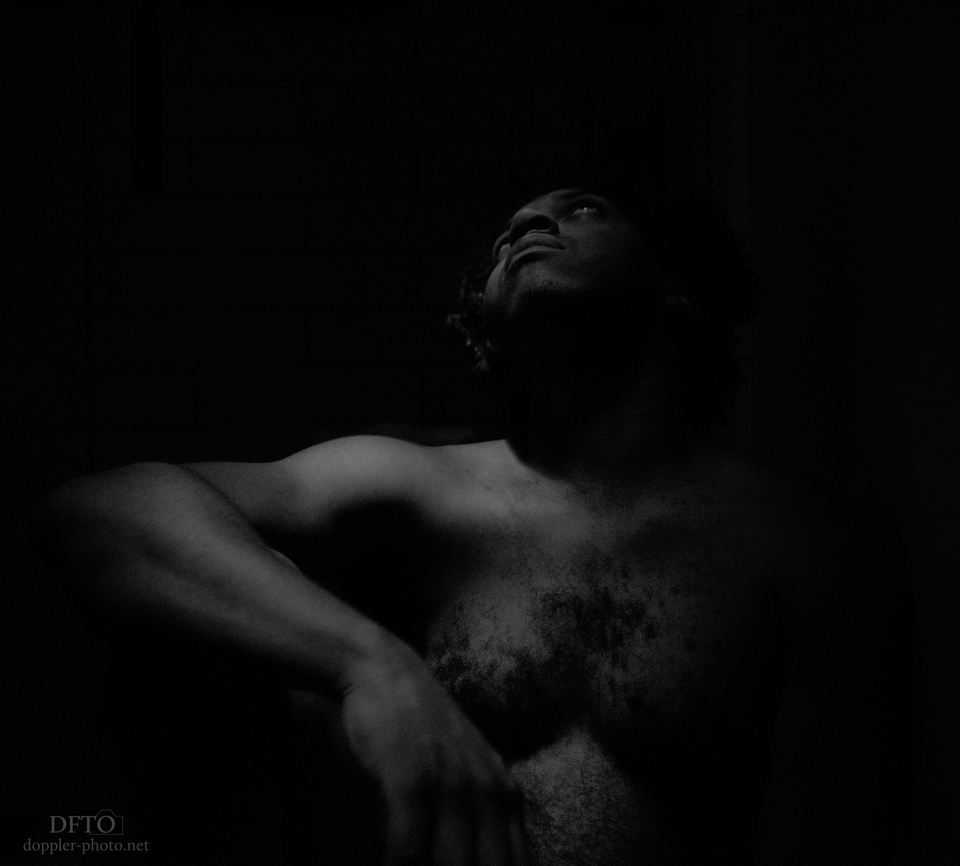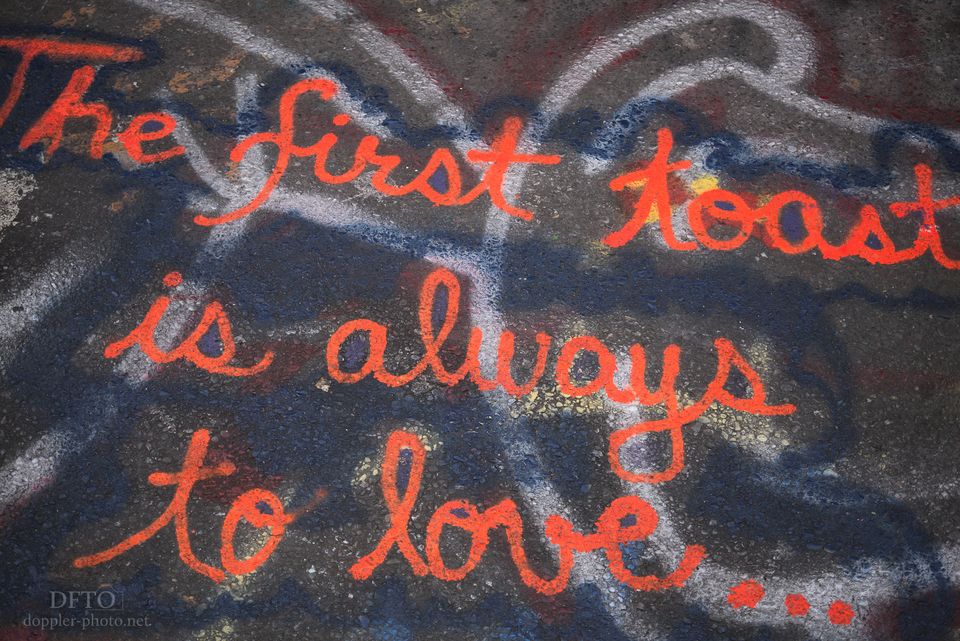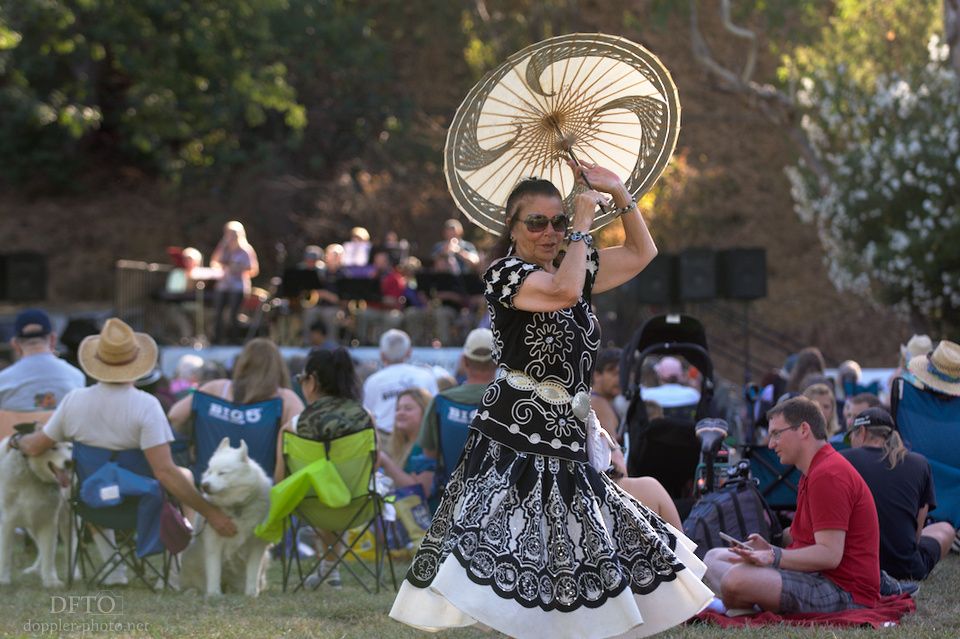Foreword
This post is serious. These thoughts and feelings have haunted me for at least the last 5 years, and I've meant to discuss them, but haven't yet, because it's difficult. It's difficult in the same way that I imagine it's difficult to write down that you're suffering from depression, and that it's something that's going to be a part of you for the rest of your life. That you never really escape — you just manage. I have to imagine that other historians face this same kind of conundrum, but what follows is my own version of the story.
Life and Death

What does it mean to remember? What does it mean to forget? Culturally, our sense of the past is tied up in the historical records that surround us, and consequently, the keepers of those records become the tailors of our institutional memory. But with that power comes responsibility. And with that responsibility comes, in some cases, an inescapable sense of duty.
As a documentary photographer, I relish the opportunity to record the moments that reveal the humanity in every story. The moments that demonstrate what we care about and why. And I aspire to retell those stories, so that people might look back and understand what made us tick in those instants.
But that aspiration is also a trap. I knew that I wanted to be a photographer, but I didn't realize that becoming a documentary photographer was an irreversible process that drags you down even as it lifts you up. That once you become an inadvertent historian, you become acutely aware of the ways in which your own inaction affects the world around you.

The trap is that historians wield the twin powers of addition and omission. This means that inaction — the failure to add — is still an expression of that power. Do you add a piece to a museum, or do you not?
When a person or thing goes away, what remains is the legacy. Everyone and everything has a legacy, but what differs is how widely-appreciated aspects of that legacy may be.
Just like a musician, a person might be known only by their family, or also by their friends, and community, and state, and country, and so on. And as with any celebrity, certain aspects of that person's existence might be remembered, and other aspects might remain unknown — nuances can be retained or discarded.
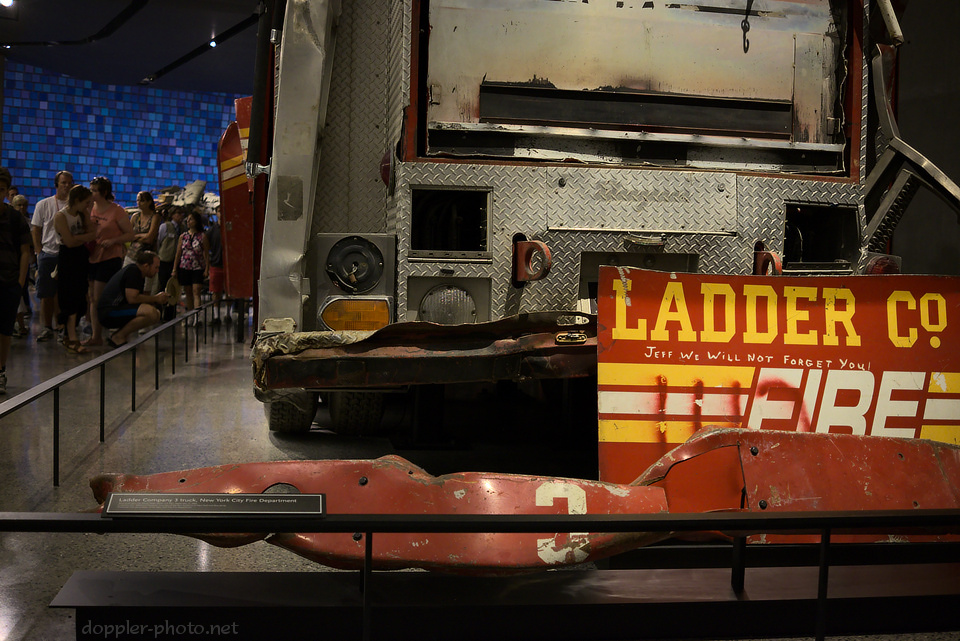
It feels like I sometimes have the power to decide between a person being remembered and being forgotten. Between their legacy becoming better-known or flickering into antiquity. It feels like if I share the record that I've captured, I can create a new memory in a broader group of people; or if it already exists, I can add nuance and depth, to paint a more complete picture of the person or thing that was.
And yet, sometimes, I don't. I let them be forgotten. I let them slip away. And the knowledge that I could do something, but I don't… it haunts me. It gnaws at my sense of self. It undermines my sense of pride at being the best photographer that I can.
The Catch-22 is that by doing anything, I realize that I could always do more. That I can always do more. Why would you stop at a deeper appreciation by friends, for instance, when it's still a shame that their community hasn't heard of them? But why stop at this community when that other community should learn about them also? Knowing about those possibilities, and knowing that I haven't pursued them; that gets to me.
I mean, each step is just a matter of doing the work that I already know how to do. But the aggregate of those steps will never reach an ideal that is not only unreachable (the more things people try to remember, the less of each thing they will actually remember) but also unknowable (who wants to be remembered? Who should be remembered? How should they be remembered?)
The Catch-22 is that knowing that an ideal exists makes me feel guilty when I decide to take steps that don't lead up the mountain. But the knowledge that the mountain is unclimbable — that there is an "up," but there is no "top" — doesn't help me feel any less guilty.
Let Me Count the Ways
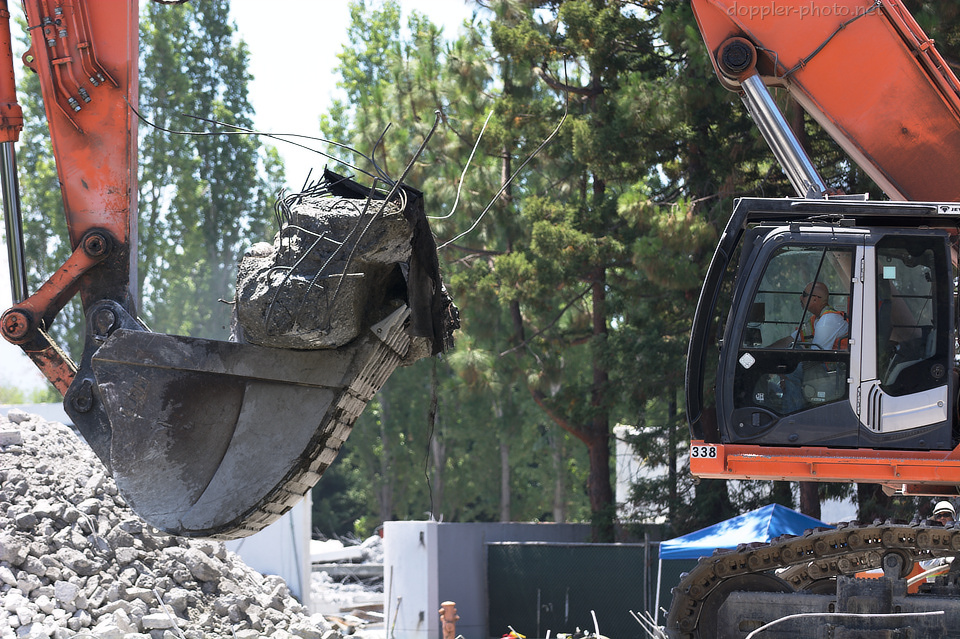
This trap comes in three varieties. The easiest to deal with happens when I shoot something voluntarily, and it's not clear that anyone really cares about it. Rationally, someone must have, at some point, but it's not clear whether anyone still does. It's like, who cares about this particular dollar bill, as opposed to any other?
A few years ago, I documented parts of the demolition of a building. One has to imagine that, at some point, that building was someone's pride and joy, whether the people who designed it, the ones who built it, or the folks who worked and created memories within.
Even so, I understand that generic buildings typically don't typically leave much of a legacy, and that there's a vanishingly small possibility that my coverage would reach someone who finds the building (or its demolition) emotionally meaningful.
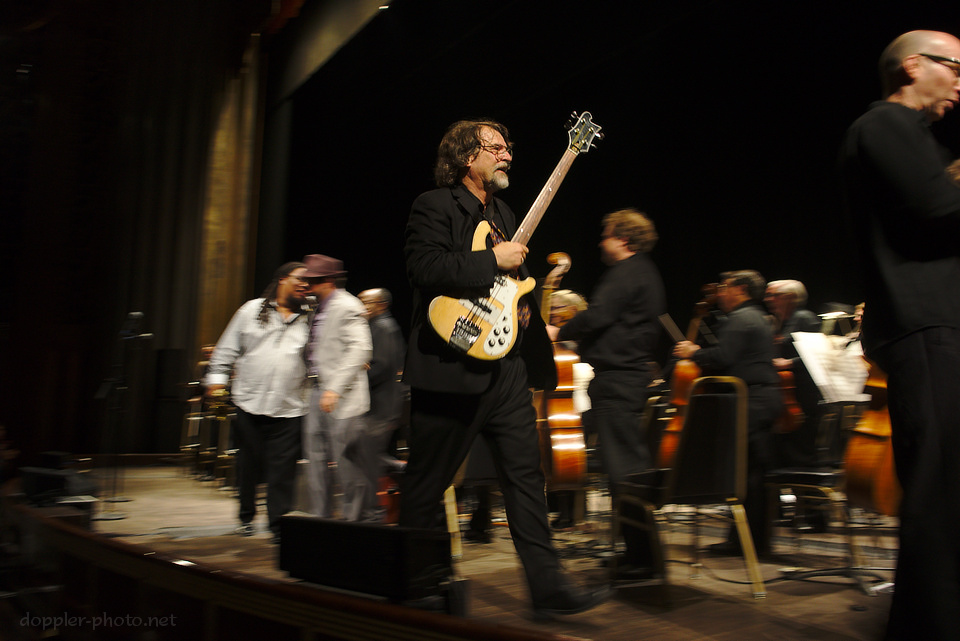
The second variety occurs when I go into a situation with the a priori understanding that it will be emotionally meaningful to people. I've photographed memorial concerts for two historically-prominent musicians — Herb Pomeroy and Dave Brubeck — and I knew at the outset what I was getting myself into.
Of course, that doesn't mean that my falters and doubts around the coverage of those events don't follow me. It just means that I knew going in that they were going to follow me. Cold comfort, for certain.

The most personally jarring version happens when I walk into the trap unknowing and unprepared. I take photos every day. Sometimes I do a good job, and sometimes I don't — sometimes I take a passing snapshot so I can catch a train or get to a meeting on time. Thus is the nature of compromise.
And sometimes it happens that those snapshots become historically relevant. Then I kick myself for not having given the moment the attention it deserved. Or sometimes I take good photos but don't publish them, and I kick myself for that as well.
The example that's been on my mind of late deals with Airship Ventures and the SF Bay Area airship rides they used to offer. I had the good fortune to go for one of those rides — aboard the largest airship in the world, at the time — and I took photos of the adventure. I never did anything with most of them.
A few years later, I discovered that the business had shut down, and that the airship itself had been dismantled and sent back to the manufacturer in Germany. How... what? So what to do? Do I put the effort into writing a post — adding a memorandum to the institutional record — or do I deal with my never-ending pile of more recent work?
Here's a hint: I still haven't published anything, and I still feel guilty for continuing to not do so.
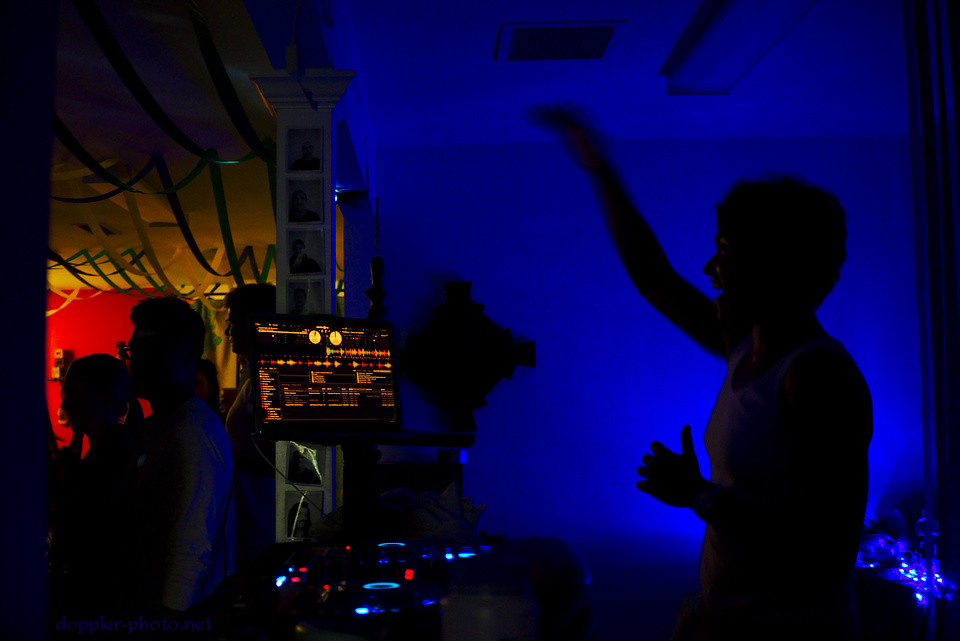
The most infuriating thing, of course, is that I know about the trap, and yet I have no idea how to avoid it. Worse, the better a documentarian I become, the more situations I'll find myself in where I hold a canonical concrete record of that situation. Perhaps, the only canonical record of that situation. And, consequently, the more situations that will come to haunt me.
Like a Sisyphean Pokemaster, I hold onto the demons of my past, even as I work to collect the demons of my future. Perhaps the only winning move is not to play. But then again, inaction is action.



